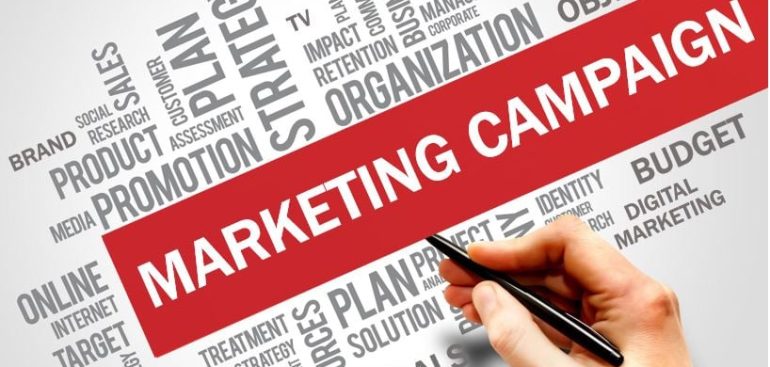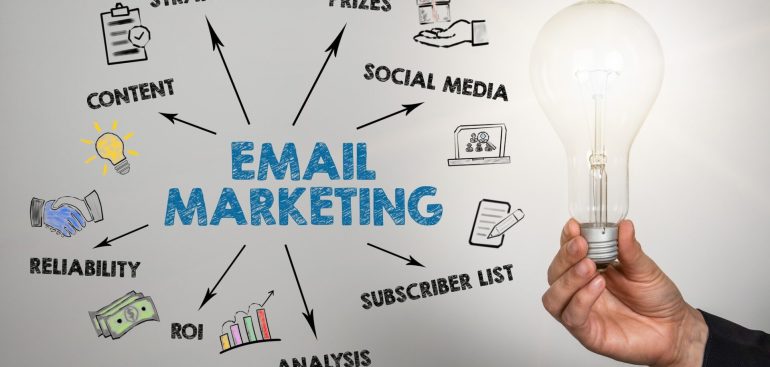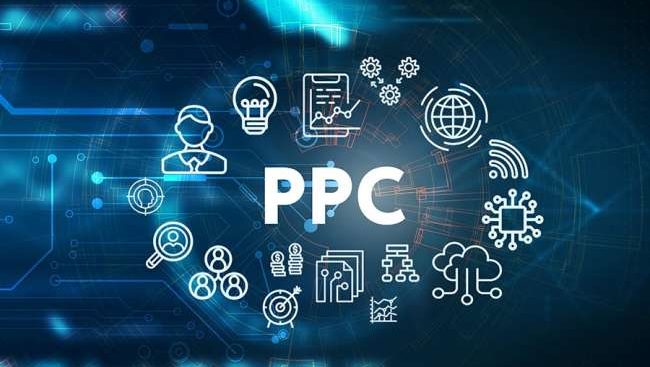 Lead generation campaigns are a vital part of any marketing strategy aimed at attracting potential customers and converting them into leads. In this guide, we’ll delve into the key elements of running effective lead generation campaigns to help businesses drive quality leads and achieve their growth objectives.
Lead generation campaigns are a vital part of any marketing strategy aimed at attracting potential customers and converting them into leads. In this guide, we’ll delve into the key elements of running effective lead generation campaigns to help businesses drive quality leads and achieve their growth objectives.Understanding Lead Generation Campaigns:
Lead generation campaigns focus on capturing information from potential customers who have shown interest in a product or service. The goal is to collect contact details (such as email addresses, phone numbers, or social media profiles) that can be used for further marketing efforts, nurturing relationships, and ultimately converting leads into customers.
Key Components of Lead Generation Campaigns:
- Define Your Target Audience: Identify your ideal customer profile (ICP) and create buyer personas based on demographics, interests, pain points, and buying behavior. Understanding your target audience helps tailor your messaging and offers to resonate with potential leads.
- Offer Compelling Value: Create an irresistible offer or incentive that motivates prospects to take action and provide their contact information. This could be a free e-book, webinar, whitepaper, discount coupon, consultation, or access to exclusive content.
- Create Landing Pages: Design dedicated landing pages that are optimized for lead generation. A well-crafted landing page should have a clear headline, compelling copy highlighting the offer’s benefits, a visually appealing layout, a prominent call-to-action (CTA) button, and a lead capture form.
- Optimize Lead Capture Forms: Keep lead capture forms simple, asking for essential information like name, email address, and perhaps a few qualifying questions. Minimize form fields to reduce friction and increase conversion rates. Consider using progressive profiling to gather more information over time.
- Drive Traffic: Use a mix of channels to drive targeted traffic to your lead generation campaign. This can include paid advertising (Google Ads, social media ads), organic traffic (SEO-optimized content, social media posts), email marketing, influencer partnerships, and outreach campaigns.
- Implement Conversion Tracking: Set up conversion tracking to measure the performance of your lead generation campaigns. Track metrics such as conversion rate, cost per lead (CPL), return on investment (ROI), and lead quality indicators (such as lead source, engagement level, and lead scoring).
- Nurture Leads: Once leads are captured, nurture them through email drip campaigns, personalized follow-ups, educational content, and targeted offers. Use marketing automation tools to send relevant messages based on lead behavior and engagement.
- Optimize and Iterate: Continuously monitor and analyze campaign performance to identify areas for improvement. A/B test different elements such as headlines, offers, CTAs, and landing page designs to optimize conversion rates and maximize lead generation ROI.
Best Practices for Running Lead Generation Campaigns:
- Set Clear Goals: Define specific goals for your lead generation campaign, such as the number of leads generated, conversion rates, lead quality metrics, and revenue targets.
- Segment Your Audience: Segment your audience based on demographics, behavior, interests, and lifecycle stage to deliver personalized and targeted messaging.
- Use Compelling Copy: Craft persuasive and benefit-driven copy that addresses the pain points of your target audience and highlights the value of your offer.
- Optimize for Mobile: Ensure that your lead generation campaign, including landing pages and forms, is mobile-responsive and provides a seamless experience across devices.
- Follow Up Promptly: Respond to leads promptly with relevant information, offers, or solutions to keep them engaged and moving through the sales funnel.
- Monitor and Measure: Use analytics tools and reporting dashboards to track campaign performance, identify trends, and make data-driven decisions for optimization.
By implementing these strategies and best practices, businesses can run successful lead generation campaigns that attract, engage, and convert high-quality leads, driving growth and revenue.




